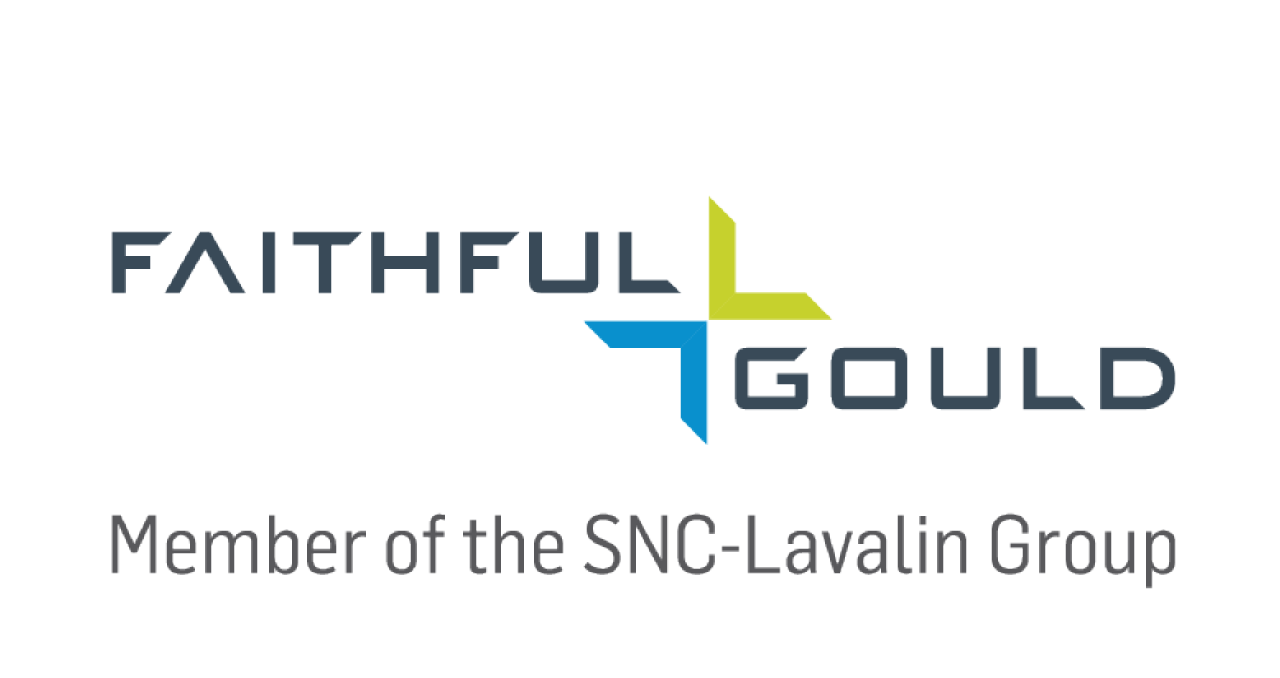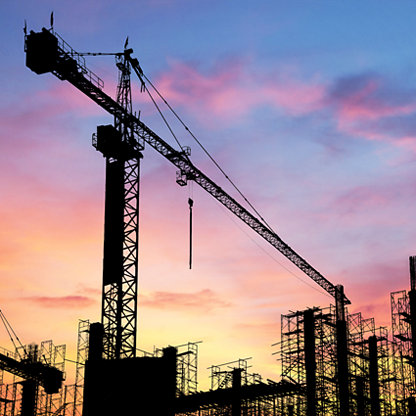Risk is a fact of life in the built environment. Because a project is a one-time endeavour there will almost always be the opportunity for unforeseen threats. These “unknown unknowns” can appear and derail a project, regardless of the amount of planning, scoping, estimating, scheduling and preparation that has been undertaken.
To varying degrees of success, numerous methods for risk identification, measurement and mitigation are employed in the construction environment. While these processes, techniques and tools are time-tested and proven, they are largely people-driven. The information gathered and the resultant outcomes are only as good as the knowledge and experience of the project team and that of other interested stakeholders.
And there’s another, perhaps larger problem: not every project team or construction company routinely performs any type of risk management at all. The reasons are myriad, but they generally fall into three buckets:
- There exists no requirement to perform risk assessments as part of corporate policy or owner demand;
- The process is perceived as too expensive, time consuming or non-value-add;
- There is insufficient awareness around risk management in general. Awareness around the proven benefits of risk management have not yet become endemic across the construction industry, or the culture is not always supportive of this process.
Forecasts suggest that the overall value of the construction market will increase from US$11.6 trillion in 2020 to approximately US$14.8 trillion in 2030. Such growth – US$3 trillion dollars in a decade – means more risk. That’s true not just in terms of project delivery, but also in funding lines, supply-chains, materials availability, skilled labour availability and site-safety. Finding a better way to identify, measure and, most importantly, mitigate these risks will become increasingly important for companies wishing to remain competitive in this thrusting market.
The process of identifying and measuring risk includes the collection of information that feeds into the analysis of these risks. As well as facilitated meetings with the project team, this can include the collection of historical performance and risk data from comparable projects. This data is essential to properly modelling project risk so as to assist the project team in its mitigation work. It also drives the development of risk-driven cost and/or schedule contingency amounts. Accessing this information isn’t always easy, or even possible. According to a study conducted by BDO in 2017, as much as 95% of construction data was thrown away, or not even collected in the first place.

In partnership with Faithful+Gould
“Data is essential to properly modelling project risk and developing risk-driven cost and schedule contingency amounts. But accessing the information isn’t always easy, or even possible. According to one study, as much as 95% of construction data was thrown away, or not even collected in the first place.”
Minimising project risk through big data analytics and AI
In this webinar, in partnership with Faithful+Gould, we explore how big data analytics and AI can reduce and manage project risks.
But what if we could access this data and fully leverage its potential? What if we were able to integrate emerging technologies to develop tools and systems designed to help accurately identify, assess, analyse and report risk? This would help promote better risk management practices and, ultimately, minimise risk across the construction industry. How can we better utilise Artificial Intelligence (AI) and Machine Learning (ML), in conjunction with existing practices, to accurately predict programme and project outcomes? If global construction data could be fed into one massive database, couldn’t that inform these new tools for the benefit of programmes and projects worldwide? What new technology can be readily employed to help minimize risks on active construction sites? And how can new and emerging technologies promote a positive culture of risk management across the construction industry?
Combining this data and technology with people and processes, along with the promotion of positive risk management cultures, could revolutionize the construction industry. Alongside all of the above-listed imponderables, one question rings out louder than any other: What are we waiting for?



